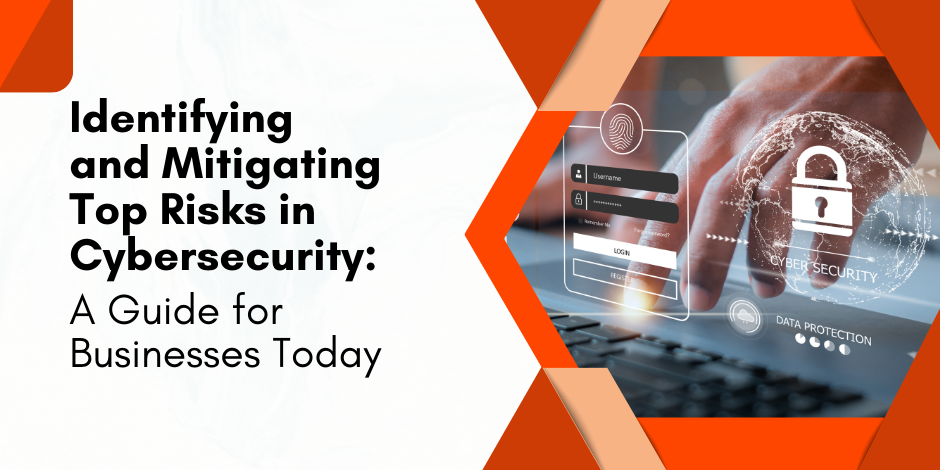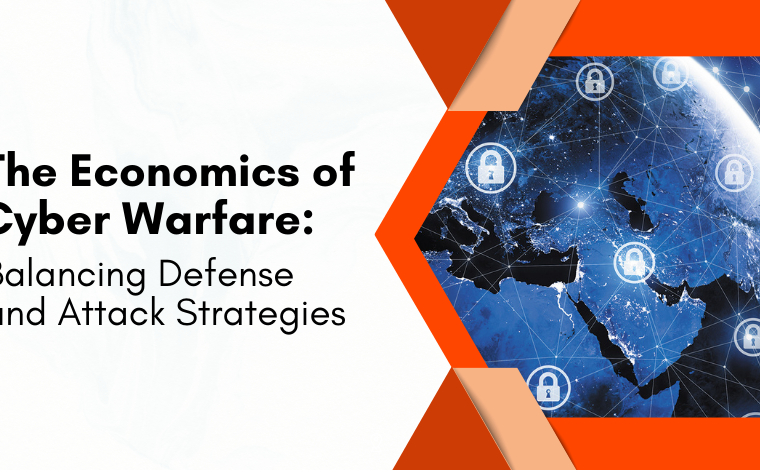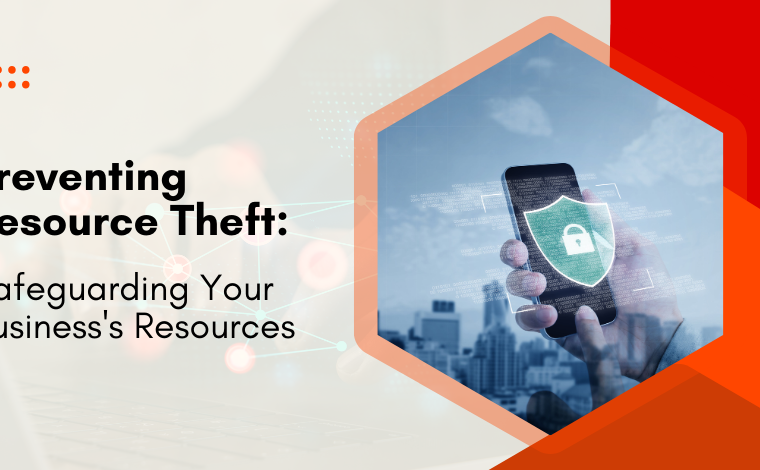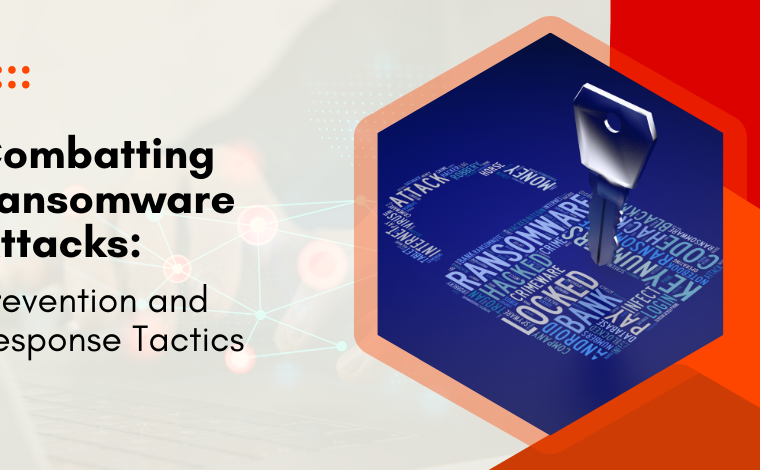Identifying and Mitigating Top Risks in Cybersecurity: A Guide for Businesses Today

Stay Informed With Our Weekly Newsletter
Receive crucial updates on the ever-evolving landscape of technology and innovation.
In today’s digital age, recognizing and addressing the top risks in cybersecurity is of paramount importance for businesses.
The estimated global cost of cybercrime is estimated to soar to USD $13.82 trillion by 2028, marking an increase of nearly 70% over five years.
With the increasing reliance on technology and the rising number of cyber threats, businesses must understand the risks they face and take proactive measures to mitigate them.
This guide aims to provide businesses with an understanding of the top risks in cybersecurity and strategies to address them effectively.
Understanding the importance of cybersecurity in today’s business landscape

Cybersecurity plays a crucial role in protecting the operations of modern businesses.
As companies depend heavily on technology for various aspects of their operations, including data storage, communication, and financial transactions, any breach in security can have devastating consequences.
Businesses must recognize the top risks in cybersecurity and take steps to safeguard their assets, reputation, and customer trust.
The role of cybersecurity in protecting business operations
The primary purpose of cybersecurity is to protect business operations from potential disruptions caused by cyber threats.
Without adequate security measures, businesses are vulnerable to attacks that can lead to data breaches, system disruptions, and even complete shutdowns.
There are many measures to combat the top risks in cybersecurity, such as firewalls, encryption, and intrusion detection systems, which help to protect critical assets and ensure the smooth functioning of business operations.
The financial and reputational implications of cyber threats
The top risks in cybersecurity can have severe financial and reputational implications for businesses.
A data breach can result in the loss of sensitive information, financial theft, and legal consequences.
Furthermore, it can damage a company’s reputation, erode customer trust, and lead to the loss of valuable business opportunities.
Investing in robust measures to mitigate cyber threats is crucial for safeguarding the financial stability and reputation of the business.
Identifying the top risks in cybersecurity
Businesses need to be aware of the top risks in cybersecurity in order to mitigate them effectively.
The rise of ransomware attacks
Ransomware attacks have become increasingly prevalent in recent years.
These malicious software programs encrypt a company’s data and demand a ransom to restore access.
Ransomware attacks can cause significant disruption to business operations and result in financial losses.
It is critical for businesses to implement robust backup systems, regularly update security software, and educate employees on how to recognise and respond to the top risks in cybersecurity, such as ransomware threats.
The threat of phishing scams
Phishing scams are included among the common top risks in cybersecurity.
Attackers use fraudulent emails or websites to deceive employees into revealing sensitive information, such as login credentials or financial details.
These scams can lead to data breaches and financial losses.
Businesses should implement email filtering systems, educate employees about phishing techniques, and encourage vigilance in verifying email authenticity before sharing sensitive information.
The danger of insider threats
Insider threats refer to individuals within an organization who intentionally or unintentionally compromise the security of the business.
This includes employees who misuse their access privileges, disgruntled staff seeking revenge, or those who inadvertently fall victim to social engineering attacks.
To mitigate this risk, businesses should enforce strict access controls, conduct regular security awareness training, and monitor employee activities to detect any suspicious behavior.
Implementing effective cybersecurity measures

To mitigate the risks posed by cyber threats, businesses must implement a range of effective cybersecurity measures.
The importance of regular system updates and patches
Regularly updating systems and applying patches is crucial in ensuring the security of business networks and software.
These updates often address vulnerabilities that cybercriminals can exploit.
By keeping systems up to date, businesses can minimize the risk of attacks that target known vulnerabilities.
The role of strong password policies
Strong password policies are critical for preventing unauthorized access to business systems and data.
Businesses should enforce the use of complex passwords that include a combination of uppercase and lowercase letters, numbers, and special characters.
Furthermore, employees should be encouraged to regularly change their passwords and avoid using the same password for multiple accounts.
The benefits of multi-factor authentication
Implementing multi-factor authentication adds an extra layer of security to business systems and accounts.
This requires users to provide additional information, such as a fingerprint scan or a one-time verification code, in addition to their password.
Multi-factor authentication significantly reduces the risk of unauthorized access, even if a password is compromised.
Training and educating staff on cybersecurity
While technical measures are essential, employee awareness and education play a significant role in preventing cyber attacks.
The need for ongoing cybersecurity training
The top risks in cybersecurity are constantly evolving, and employees must stay informed about the latest techniques used by cybercriminals.
Regular training sessions can help employees recognize potential risks, understand their responsibilities in maintaining security, and take appropriate actions to prevent attacks.
Top-notch online programs, such as the Cybersecurity Program offered by the Institute of Data, can keep your skills up to date and provide a competitive edge.
The role of staff in preventing cyber attacks
Employees are often the first line of defense against cyber attacks.
By promoting a culture of security and providing employees with the knowledge and tools to identify and report potential threats, businesses can enhance their overall cybersecurity posture.
Staff should be encouraged to report suspicious emails, practice safe browsing habits, and be cautious when handling sensitive information.
Developing a robust cybersecurity strategy

Having a well-defined and comprehensive cybersecurity strategy is vital for businesses to effectively manage risks and respond to cyber threats.
The importance of a proactive approach to cybersecurity
A proactive approach to cybersecurity involves identifying vulnerabilities, assessing risks, and implementing preventative measures before an attack occurs.
By staying one step ahead and constantly evaluating their security measures, businesses can significantly reduce the likelihood of successful cyber attacks.
Key elements of a successful cybersecurity strategy
A successful cybersecurity strategy should include regular risk assessments, the implementation of robust technical controls, ongoing staff training, incident response plans, and a strong focus on continuous improvement.
Businesses should also consider engaging with reputable cybersecurity professionals to ensure their strategy aligns with industry best practices.
Conclusion
Businesses must prioritize cybersecurity to protect their operations, finances, and reputation.
By understanding the top risks in cybersecurity, implementing effective measures, and educating staff, businesses can enhance their security strategies and mitigate the ever-evolving cyber threats they face.
With a proactive approach and a well-defined strategy, businesses can navigate the complex landscape of cybersecurity and safeguard their digital assets in today’s interconnected world.
Consider enrolling in the Institute of Data’s Cybersecurity Program to improve your ability to mitigate the top risks in cybersecurity and stay ahead of evolving challenges.
Alternatively, if you’re interested in learning more about the program and how it can benefit your career, book a free career consultation with a member of our team today.





